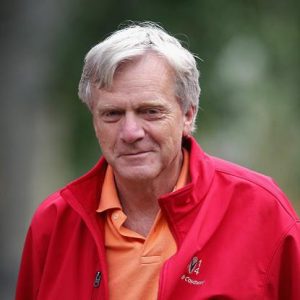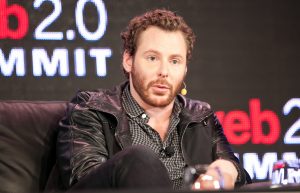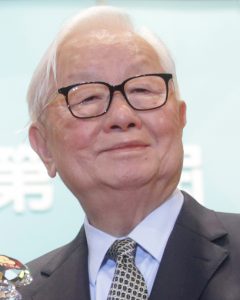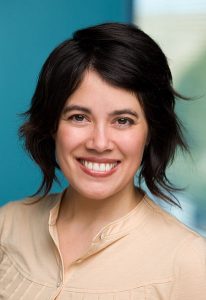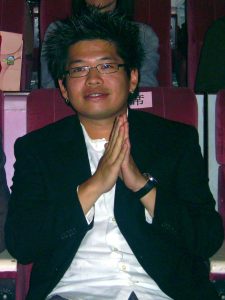Tom Preston-Werner : Co-founder of GitHub
Almost every developer in the world has submitted at least one line of code or checked out for coding solutions on the social coding platform GitHub. GitHub is the largest online community of developers where they share programming code with other programmers to help them or seek help from them, to create better software. GitHub is among the fastest growing startups with having over 28 million users and 57 million repositories. It was founded by Tom Preston-Werner, a software developer, inventor and entrepreneur from America.
Early Life
Tom was born on 28 October 1979, in Dubuque, Iowa, US. He lost his father at an early age. His mother was a teacher and his step-father was an engineer. He did his schooling from Dubuque Senior High School and went to Harvey Mudd College in Claremont, California, to pursue his higher education. During his college, he realised that he is more interested in computer programming than the subjects he was pursuing at college. So after studying for two years in the college, he decided to drop out of the course and focus on learning programming languages.
Career
After leaving the college, Tom started with many small coding projects, one of which was based on flash replacement technique. At that time the websites had a limited set of fonts available for the users. His flash replacement project allowed the users to use any font on any website.
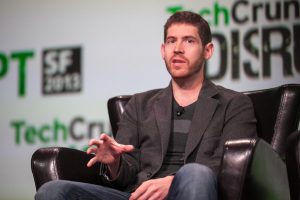
Later in 2004, he came with a new project named as Gravatar. The concept behind it was to maintain a single avatar for dozens of other services. The project was a success, but, without a business model, it was not paying the way it was supposed to. Finally, in 2007, a company named Automattic acquired Gravatar.
In 2005, Tom moved to San Francisco and started working with Powerset. Eventually, Microsoft acquired Powerset in 2008, and, offered Preston-Werner a $300,000 bonus and stock options in the company. But he had already started working on GitHub project, so he declined the offer to focus on it.
Founding GitHub
Tom was always in the favour of documenting the software codes so that other developers can easily understand how the codes exactly work. Being an active contributor to the open-source developer and hacker culture he came across with the idea of an open-source development community. Also, with the bad experience of the business with Gravatar, this time he was ready with a better business architecture for his new project. In 2008, he founded GitHub with his co-founders Chris Wanstrath, PJ Hyett and Scott Chacon. He had met Chris Wanstrath and PJ Hyett on one of the developer meet-up in San Francisco. GitHub was a commercial success and gained over 46,000 public repositories, in the initial year of its being online. Tom was appointed as the CEO of the company.
In 2014, Tom resigned from the company after he and his wife were accused of harassment by GitHub programmer Julie Ann Horvath.
After resigning from GitHub, Tom co-founded Chatterbug and Codestarter. Codestarter is a non-profit organization that donates computers to kid coders. He works as the advisor at Codestarter.
Personal Life
Preston-Werner is married to Theresa Preston-Werner, an anthropologist, known for her involvement in much historical research and social subjects.

Yashica is a Software Engineer turned Content Writer, who loves to write on social causes and expertise in writing technical stuff. She loves to watch movies and explore new places. She believes that you need to live once before you die. So experimenting with her life and career choices, she is trying to live her life to the fullest.
